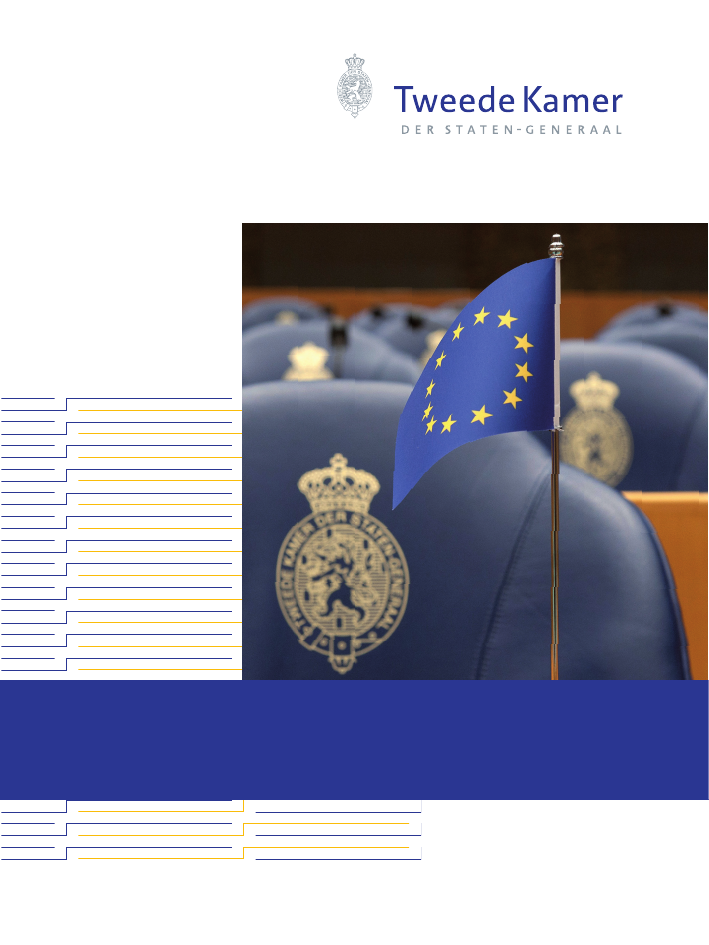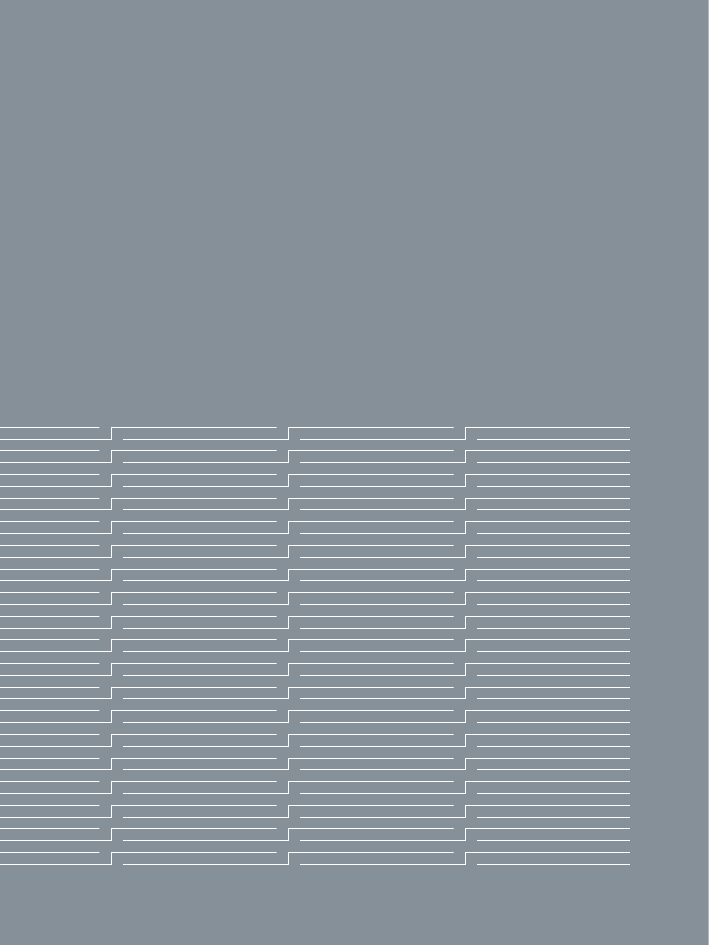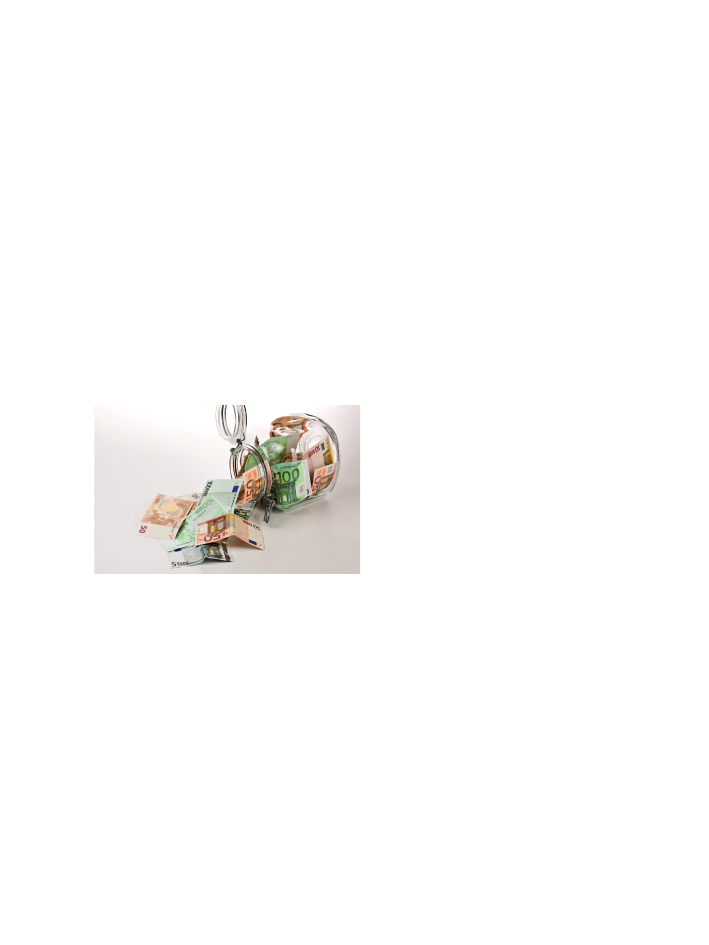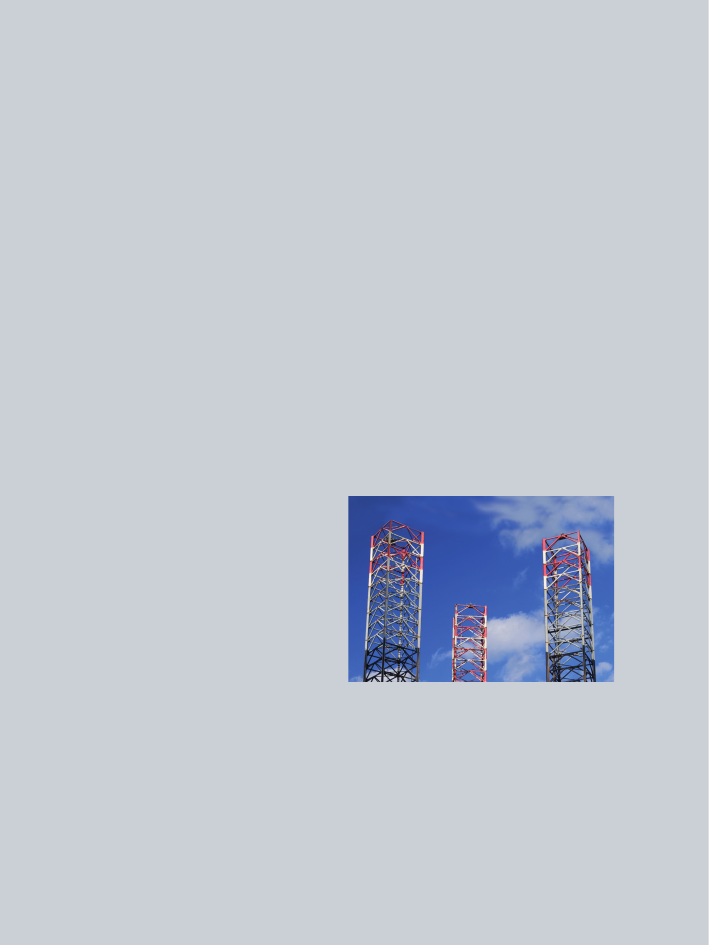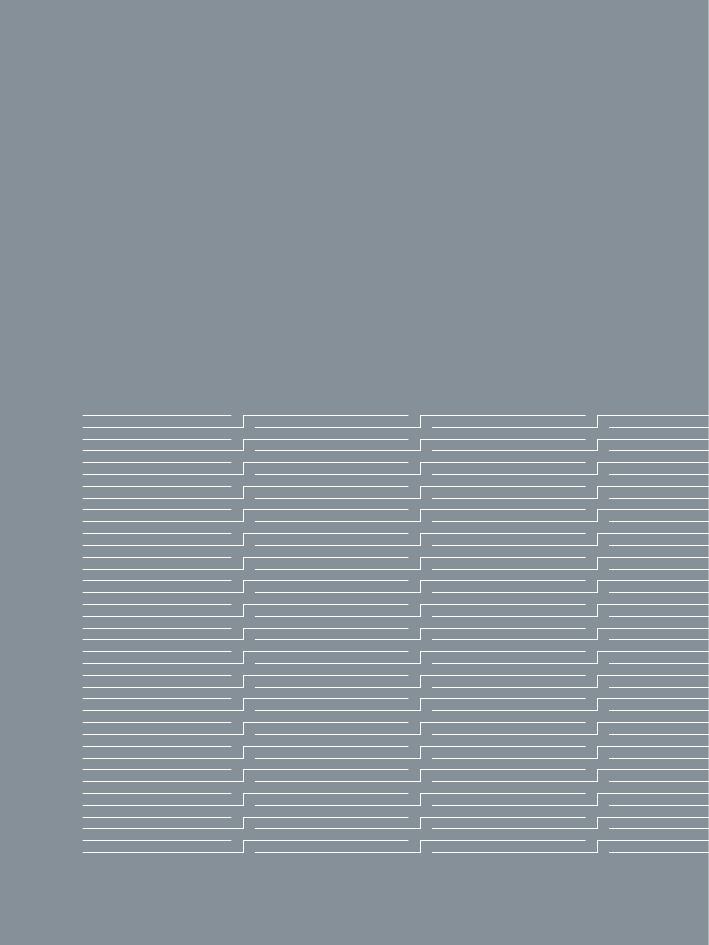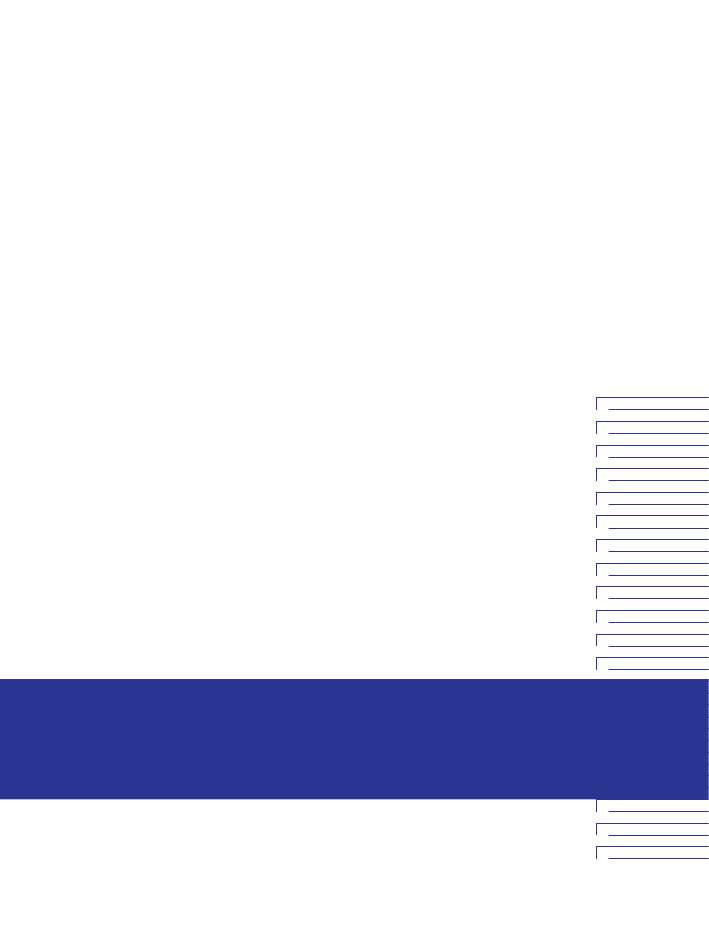Socialudvalget 2011-12
SOU Alm.del Bilag 367
Offentligt
White Paper on pensionsPosition paper Dutch House of Representatives
standing committee on social affairs and employment
The White Paper on adequate, safe andsustainable pensions for Europe1containstwo proposals which have given rise to majorconcern in the Dutch House of Representa-tives: the announced review of the IORP-Directive and the announced directive onthe portability of supplementary pensions.The House of Representatives has the strongimpression that these measures would setaside the principle of subsidiarity.The Dutch House of Representatives callsforcefully on Parliaments in the other MemberStates of the European Union to join with theNetherlands in making it clear to the EuropeanCommission that they will initiate the yellow/orange card procedure in relation to any reviewof the IORP Directive or any proposals relatingto the portability of pensions.The proposed review of theIORP-Directivecould mean that the European Insurance andOccupational Pensions Authority (EIOPA) wouldbegin to exercise supervision over pensionfunds and that pension funds would be treatedas market participants and not as part of alabour agreement. If supplementary pensionswere to be dealt with in the same way asprivate insurance policies this would have anenormous impact on solvency requirements.It would entail much larger buffers for thepension funds, leading to a far more expensivepensions system. Pension entitlements are anelement of the labour agreement however,and harmonised regulations at European leveland European supervision would be hopelesslycomplicated with a total of 27 different systems.1
The announced proposal relating to theportability of supplementary pensionshasalso raised concerns in the Dutch House ofRepresentatives. The European Commission haspreviously proposed legislation on this issue,and this has been repeatedly rejected.Portability is impracticable on technicalgrounds alone: life expectancy varies enor-mously around the EU, and so therefore do thereserves required in each country. Portabilityis also impracticable because the financing ofpension systems varies from fully contributoryschemes via schemes using non-liquid resourc-es and through to funded systems.
IntroductionDealing with the sustainability of pensionsystems as a consequence of an ageingsociety and the current economic crisis are thegreatest political challenges that Europe isfacing. We welcome the initiative taken by theEuropean Commission in drawing up a WhitePaper on sustainable and adequate pensions.The Netherlands also attaches a great dealof importance to a sustainable and adequatepensions system, capable of continuing to of-fer a decent income for pensioners. In view ofthe demographic challenges and the situationthe capital markets are in, it will be necessaryto continue to monitor this situation closely.It is however a major challenge to find com-mon ground from which to face this problemgiven the wide diversity of systems and uniquenational regulations across Europe. It is amaterial and legally enshrined fact that theprincipal authority to develop and formalise
White Paper, An Agenda for Adequate, Safe and Sustainable Pensions for Europe, COM (2012) 55
pension systems rests with the Member Statesand not with the European Union.Nevertheless, it is useful to establish commonbaselines, such as linking pension age andlife expectancy rate, a better access to secondpillar pensions and a better provision ofinformationAffordable and adequate pensions are impor-tant for everyone. Second pillar pensions arein this regard of great value. Consequently,promotion of those pensions should not behampered by strict rules.
of Representatives after having read theWhite Paper on Pensions, with regard to thesubsidiarity and the proportionality of at leastsome of the initiatives announced. The Houseof Representatives holds the opinion that theDutch pension system might be negativelyaffected.This provided sufficient motivation for theHouse of Representatives to undertake actionnow. After all, following the actual publicationof the proposals, the national parliaments willhave a period of just eight weeks to submittheir judgements with regard to subsidiarity.Should one third of the parliaments reachnegative findings, this will result in the issuingof a “yellow card”. In practice the period speci-fied is too short to allow enough parliamentsto issue well-founded opinions. An orangecard, which would require negative findingsfrom half of the national parliaments andwould oblige the European Commission towithdraw the proposal, is even more difficultto reach.The House of Representatives has deep con-cerns with regard to the subsidiarity-principlein several elements of the White Paper.Similar concerns prevail regarding the neces-sary preliminary questions: is there a Euro-pean interest at stake and is there Europeancompetency?A number of proposals in the White Paper doappear appropriate. It is wise to assess thesustainability of the labour market and thepensions system given the major demographicchanges now taking place. In the view of theHouse of Representatives the proposal to pre-
The Netherlands has a unique and well-devel-oped pensions system. It is vitally importantthat this system and the authority to takedecisions on it can be retained by the DutchParliament. The Dutch system is a mixtureof financial and social components, whichallocates responsibilities to government, thesocial partners and individual employees,in which the principle of solidarity plays animportant role.All of this forms the basis for the seriousconcerns expressed by all parties in the House
serve the entitlements of employees who haveworked in a different country for a number ofyears is also prudent. Employees must be ableto collect their pensions in a straightforwardmanner by means of a tracking service, theymust have access to good information andthe waiting and vesting periods must not beexcessively long, precisely in order to protectthem. The exchange of best practices betweenMember States is also of great importance,and it is gratifying that the European Com-mission has emphasised the importance ofsupplementary pensions and the role of socialpartners and collective systems.
the proposal conflicts with the principle ofsubsidiarity. If the Council or the European Par-liament shares the judgement of the nationalparliaments the proposal will be definitelyscrapped.Parliaments have eight weeks followingpublication of the proposal in which to issuetheir judgements. For a number of reasons,including time pressure and inadequatecoordination between parliaments the numberof objections required for a yellow card hasnot yet been reached.Proportionality is the principle that the formand content of the Union’s actions shouldnot exceed that which is necessary to achievethe Union’s objectives (Article 5 of the Treatyestablishing the European Union).In the case of a number of the proposals in theWhite Paper on pensions both these elementsare manifestly at issue.
Subsidiarity and proportionalitySubsidiarity and proportionalityThe Lisbon Treaty and the option of thesubsidiarity control mechanism have placedan important instrument in the hands of thenational parliaments to help them play theirrole in European decision-making.Theprinciple of subsidiarity(Article 5 ofthe Treaty establishing the European Union)ensures that the European Union does not actin areas which are better regulated at nationallevel.The subsidiarity check can be applied to allconcrete legislative proposals. The procedurecan result in ayellow cardif one third ofnational parliaments object to proposal on thegrounds of subsidiarity. The European Com-mission will then reconsider its proposal.2The procedure can lead to anorange cardifhalf of the national parliaments judge that2
TFEU, Protocol no II art 6.
IORP-DirectiveIn the White Paper the European Commissionhas announced that it will bring forward alegislative proposal for the review of the IORPDirective in order to improve cross-borderactivities, modernize supervision3and to main-tain a level playing field between the pensionfunds and the insurance companies covered bythe Solvency-II Directive.4There is nolevel playing fieldfor productswith substantially different characteristics. Thepension funds operate on a non-profit basiswith a collective sharing of risk, while for theinsurers the capital adequacy of individualpolicies is primary. Consumer protection is ofparamount concern here. For pension fundsthe primary issues alongside the protection ofthe pension-holders are fair allocation of riskand intergenerational solidarity.Insurance products cannot be compared tosupplementary pensions.Thecostsof pension schemes operated bypension funds will not fall, but could riseexplosively as a result of demands for exces-sive guarantees at the level of insurancecompanies.This collides with the European Commission’sobjective of facilitating more cost-efficientsecond pillar pensions. The costs of strict andhighly complex quantitative regulations maywell be disproportionate, and would deny em-ployees the opportunity to accrue an adequatepension at the lowest possible cost.The matter ofsubsidiarityhas a very clearrelevance here: the design of the nationalpension system will be put in jeopardy, while345
it is in employees’ interest that agreements,schemes and supervision are as specific as pos-sible. Harmonisation is in any event impossibledue to the entirely different tax systems anddiffering relationships between first pillar andsecond pillar pensions.From the perspective of theinternal marketthere is no requirement for additional regula-tion on top of the existing IORP Directive. Thefree movement of services is not impededby the national requirements with regard topension funds. Free movement of workersis supported more effectively by means oftracking services. And while the existing IORPDirective permits cross-border pension funds,there are only around 80 pension funds (outof a total of tens of thousands of funds) thatbenefit from this, primarily located in borderregions such as Ireland/UK5. The EuropeanCommission itself also recognises that thepossibility of cross-border pension funds is notbeing taken up.The European aim ofeconomic growth andemploymentis not served by this either. Thepension funds have substantial capital at theirdisposal. Increased buffer requirements willlead to a reduction in the capital available for
See White Paper, An Agenda for Adequate, Safe and Sustainable Pensions for Europe, p.13See White Paper, An Agenda for Adequate, Safe and Sustainable Pensions for Europe, p.17See “EIOPA’s Advice to the European Commission on the review of the IORP Directive 2003/41/EC”http://www.kps.nl/media/eiopa-bos-12-015-eiopa-s-advice-to-the-european-commission-on-the-review-of-the-iorp-directive-1038.pdf, p.17, para 2.5.2.
the (possibly risk-bearing) investments thatcontribute to economic growth. Increasedbuffer requirements will result in higher costsfor employers and employees.Legislation setting down complex and detailedprescriptions for the supervision and for set-ting up such systems will not aid the sought-for improvement inaccess to second pillarsystems6. The perverse effect may be a flightto pay as you go schemes, which after all arenot regulated. Such a flight has unfortunatelyalready been seen in certain countries. Fundshave been nationalised and the governmenthas taken over future pension liabilities. This isnot in the interests of sustainable governmentfinance in the long term. This goal would befar better achieved through the exchange ofgood practices.IncreasingEuropean supervisionwouldalso bring creeping increases in Europeanresponsibilities and risk with it, as it could forexample eventually result in financial supportbeing required for pension funds that get intodifficulties. Initially this did not appear to be apossible scenario in the case of banks either,but now that banks can borrow from theECB with relatively limited security, the EuroCountries are effectively acting as guarantorsfor one another’s banking systems. The viewof the Dutch House of Representatives is thatit is appropriate for the countries themselvesto be and to remain responsible for theirown pension systems. The question is whythe actual (European) supervision should befalling short.Increased European supervision would alsomean that essential political choices about678
such matters as the confidence level wouldbe delegated to the supervisory body, a bodywhich will need to have substantial policy free-dom with regard to all the different systems.This is undesirable.An example: the mathematical models forSolvency-II have yet to be finalised. In the caseof pension funds there is now talk of a holisticbalance sheet, something which is exception-ally complicated. The Groupe Consultatif’sPensions Committee, which brings togetherEuropean actuaries, regards this as unwork-able in practice7.
Portability DirectiveThe Commission has announced to bringforward a proposal for a Portability Directive8on supplementary pensions, with the aim ofremoving impediments to mobility of labour:it must be possible to take your pension withyou when you are moving from one countryto another.With regard to technical issues alone,portabil-itywould run into insurmountable problems:1. Some countries tax contributions, otherstax pension payments. A recalculationwould therefore be required on transfer.And what makes it even more complex isthat it is possible that a country would needto pay back tax already levied if someoneleft the country.2. Portability can only apply if the accruedpension entitlements are covered in theirentirety. This is only the case on a largescale in a few countries. Capital can only betransferred from those countries.
See White Paper, An Agenda for Adequate, Safe and Sustainable Pensions for Europe, p.12See http://www.gcactuaries.org/groupe-news.htmlSee White Paper, An Agenda for Adequate, Safe and Sustainable Pensions for Europe, p.18
The funding of pension systems in the EUvaries from pay-as-you-go systems via non-liquid funding to fully funded systems.3. The determination of the transfer value isextremely problematic. Male life expectancyin Latvia is 68 years, whereas in Spain it is789. The reserves that a Latvian fund needsto hold are considerably smaller than thosethat a Spanish fund needs to hold. But if itshould transfer the entire reserved amount,the Spanish fund will still have far too littleto satisfy the Spanish accountancy rules,which are based on their own life tables.The topic of portability was last on the agendaof the Council for Employment and SocialPolicy on 9 June 2008. No agreement wasreached on the proposal at that time. Thesubject has not come up for discussion since.The Commission’s (revised) proposal for adirective aimed at improving the portability ofsupplementary pension rights included sub-stantial measures relating to the acquisition ofpension rights (maximum waiting and vestingperiods and vesting age), their retention(adaptation of sleepers entitlements in accord-ance with the agreed pension is “fair”), a rightof information for active and sleeping partici-
pants, and an effective date two years after theadoption of the directive, with a possibility ofa five year postponement. The aim here wasthe promotion of mobility within the nationallabour market and between Member States.The House of Representatives has harbouredconcerns about the portability of pensions forsome time now.10.If portability is being proposed with the aim ofassisting migratory and cross-border workers,then the measure is disproportionate. Afterall, it requires harmonising systems; otherwiseimplementation will be exceptionally compli-cated.Furthermore, an obvious alternative isavailable, as the European Commission itselfhas identified: a good tracking service11withproper provision of information. The Nether-lands with its pensions register provides anexcellent example, which can be shared. If, inaddition to this, it can be arranged for waitingand threshold periods to be limited and fordeposited funds to be protected, the sameobjective can be achieved, by using measuresthat are far less drastic.
9
See: http://epp.eurostat.ec.europa.eu/statistics_explained/index.php?title=File:Life_expectancy_at_birth,_1994_and_2009_%28years%29.png&filetimestamp=20111201170753A motion of 21 September 2006 called for no Community regulations in this area (Parliamentary Papers II 74). A motionof 24 May 2007 requested that there should be no agreement with a Directive aimed too unilaterally at the Netherlandsand a few countries and which would, with a waiting and threshold period of 5 years, contribute to labour mobility withinEurope to a limited extent or not at all (Parliamentary Papers II, 2006/07, 21501-31, no. 125).
10
11
SeeWhite Paper, An Agenda for Adequate, Safe and Sustainable Pensions for Europe, p.18
The Dutch Pension System in BriefThe pension system in the Netherlandsconsists of three “pillars”:- First pillar: all citizens receive a statutory,non-income-related pension, providingeveryone aged 65 and above with a mini-mum income and so protecting them frompoverty. All employees contribute to thispillar. This is financed on a pay-as-you-gobasis.- Second pillar: supplementary collectivepension schemes are income-related andare financed by and based on agreementsbetween social partners within companiesor sectors. Solidarity results from manda-tory premium contributions by all activeparticipants. The objective of the secondpillar is to provide an adequate income forpensioners. This pillar is capital-funded.- Third pillar: individual, private pensionproducts with the same objective as thesecond pillar.Thanks to the combination of a statutory basicpension and a high level of participation in thesecond pillar, the consequence of this hybridsystem is that the current and future incomeposition of pensioners in the Netherlands isvery good, and the level of poverty amongsenior citizens in the country is very low as aresult. The system also delivers diversificationand resilience in the face of demographicdevelopments, financial shocks and the like.The level of the first pillar pension is a littleabove the statutory social minimum. In com-bination with the first pillar, the second pillardelivers a high gross replacement rate (closeto 90%). Over 90% of Dutch employees par-ticipate in supplementary pension schemes.The share of supplementary pensions in thetotal pension income in the Netherlands is onaverage 60%. The total portfolio of pensionfunds in the Netherlands amounts to around130% of GDP.
ColofonStreet address
Plein 2The HaguePostal address
P.O. Box 20018, 2500 EA The HagueThe NetherlandsDesign
Communications DepartmentPrint
Facilities DepartmentPhotography
Hans KouwenhovenRapporteur
Pieter OmtzigtContact
[email protected]
The reproduction of information from this publica-tion is not authorised without the express consentof the publisher.June 2012
